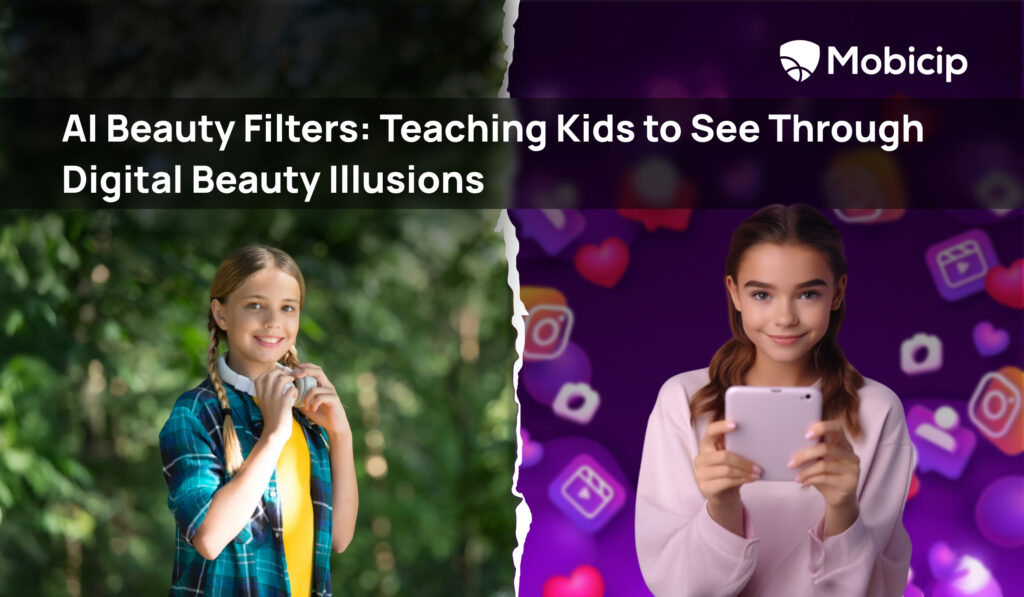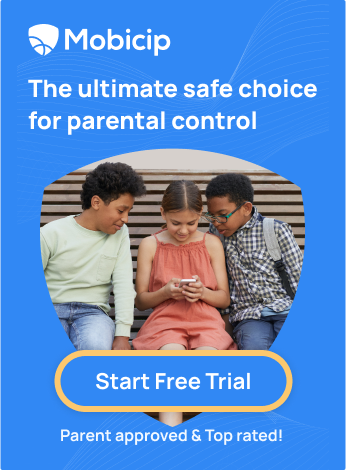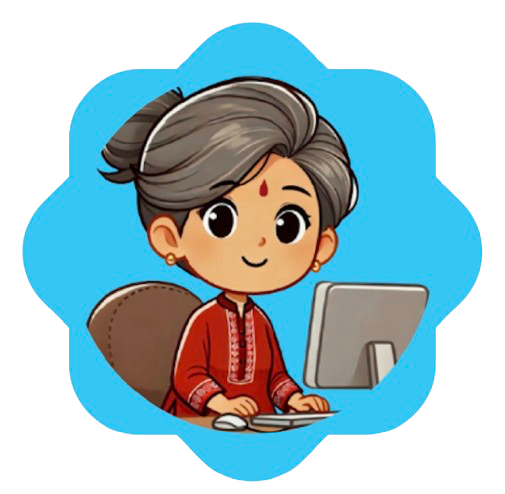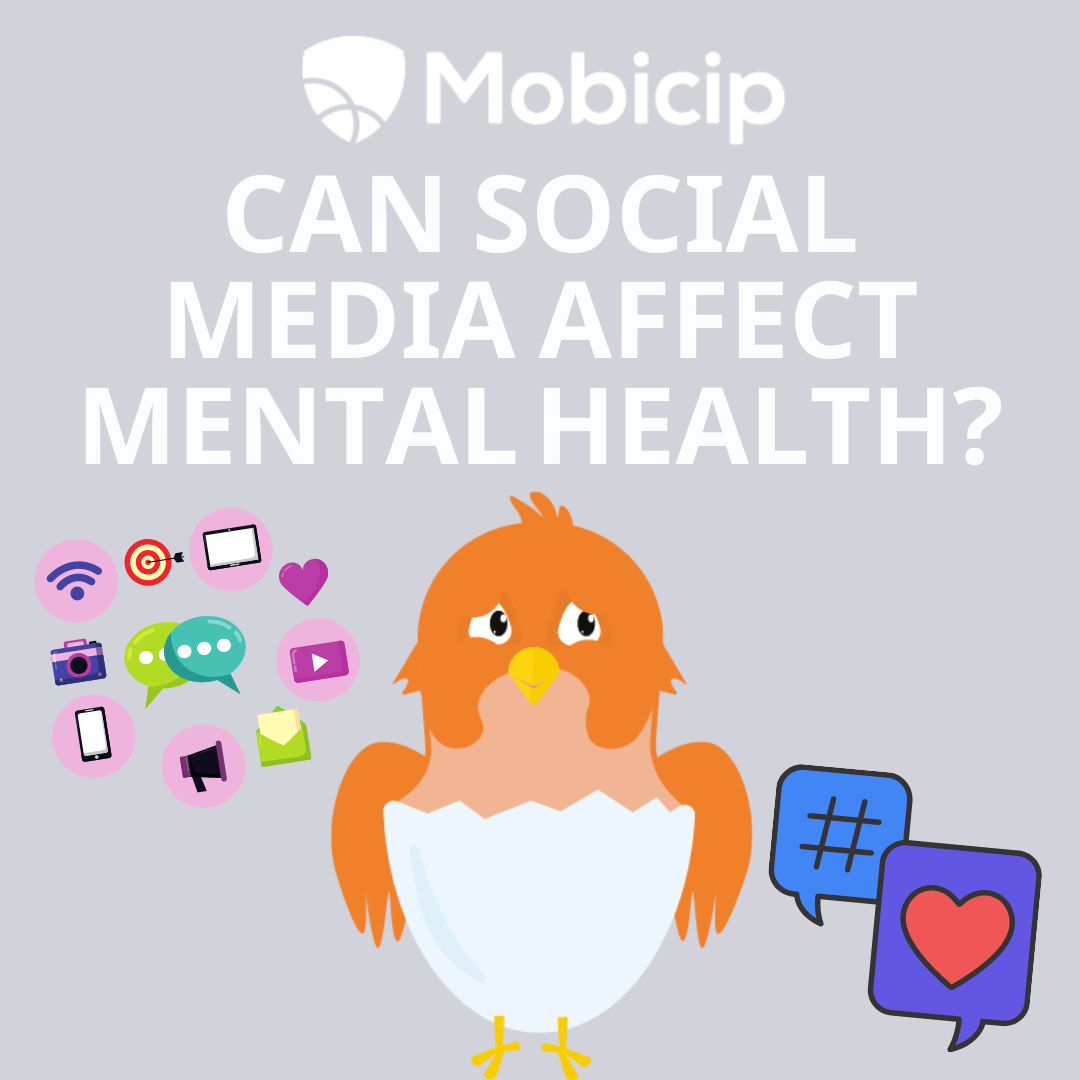AI Beauty Filters: Helping Kids See Through Digital Illusions
“No one ever told me I was pretty when I was a little girl,” Marilyn Monroe once said. Those words, haunting in their simplicity, reflect a time when beauty was observed, not edited. Today, a child doesn’t have to wait for others to notice their looks—they can apply a filter, smooth their skin, change their face shape, and watch the likes roll in. Technology has dramatically reshaped how we perceive and present beauty. With just a tap, apps like FaceTune and AI-driven filters can turn a perfectly normal selfie into a magazine-ready image. According to Parents Together, 87 percent of teens have used a filter on social media.

These tools may seem harmless or even fun, but they can quietly rewrite the way children see themselves. Constant exposure to altered images—of others and of their own faces—can make natural features feel “less than.” It can feed insecurities, distort self-image, and create unrealistic beauty standards that no one can truly live up to. For parents, the danger is often invisible. The changes are subtle, the apps are everywhere, and the pressure to look “perfect” starts younger than ever. It has been shown that teenagers who use filters are more likely to be dissatisfied with their appearance and want to change it in real life.

Image reproduced without modification from here.
This article will help you understand how AI filters, editing apps, and social media illusions work—and how they can negatively influence a child’s self-esteem and mental health. It also offers practical tips to help you protect your child from the toxic side of digital beauty culture. With the right conversations, tools like Mobicip, and a commitment to media literacy, we can help our children grow up seeing themselves clearly—and feeling good about it.
The Rise of AI Beauty Filters
In the past, beauty standards were set by magazines and movies. Today, they’re shaped by AI beauty filters and editing apps that live right in our kids’ pockets. With a single tap, anyone can look taller, thinner, clearer-skinned, or more “perfect.” These illusions are changing how young people—especially girls—see themselves and others.
What Are AI Beauty Filters?
AI beauty filters use facial recognition and machine learning to scan a face and instantly modify features. These filters can smooth skin, lighten eyes, reshape noses, and even add makeup. Unlike traditional photo editing, AI does this in real-time, often while kids are taking selfies or videos—making the altered version of themselves feel “normal.”
Popular AI-Powered Beauty Filters
Many popular apps like Snapchat, Instagram, FaceTune, and FaceApp use advanced AI technology to edit photos with remarkable precision. These platforms use facial recognition and machine learning to apply real-time filters that enhance or even completely alter a person’s appearance.
With just a few taps, users can smooth skin, whiten teeth, reshape facial features, and adjust lighting—all thanks to AI. Apps like FaceApp go even further, allowing changes to age, gender, and expression using deep learning models trained on millions of faces.
Because these changes often look natural, kids may not realize how much editing has taken place. This creates a distorted standard of beauty, where AI-enhanced images become the norm, fueling unhealthy comparisons and self-doubt.
Subtle Edits
Most filters don’t make huge, obvious changes. Instead, they make slight tweaks that fly under the radar—slimmer cheeks, smoother skin, brighter eyes. Kids may not even realize how often they’re using filters or how drastically it’s affecting their self-image.
Why AI Beauty Filters Can Be Harmful
To children and teens, appearance is more than skin deep—it’s tied to identity, confidence, and belonging. In a world saturated by digital beauty standards, filtered images can feel more “real” than real life. What may begin as innocent fun with filters can slowly erode how kids see themselves. When every selfie is edited and every post is polished, it’s easy for a young person to feel like they’re the only one not measuring up.
Negative Effects of AI Beauty Filters and Editing Apps
The damage isn’t always obvious—but it runs deep.
- Body image issues: Kids may start to dislike their natural features when they constantly see a filtered version of themselves or others.
- Self-esteem struggles: Over time, they may feel they’re only attractive or likable when altered by a filter.
- Pressure to look perfect: Teens often spend hours editing photos before posting, fearing judgment if they show their unfiltered selves.
- Long-term trust issues: Constant exposure to “perfect” images can lead to skepticism about others and shame about themselves.
- Other people’s perfection: As Dr. Emanuele notes, kids struggling with self-doubt often interpret their peers’ curated social media as proof that they’re failing or falling behind.
Filtered Images and Teen Anxiety
According to a study in the Journal of Patient Experience, repeated exposure to filtered images is associated with an increase in appearance anxiety, social anxiety, and depressive symptoms. Young users on apps like Snapchat experience emotional highs and lows triggered by likes, filters, and social comparison.
What Parents Can Do
Helping kids navigate digital illusions starts with open conversations and conscious choices. This parental guide to AI filters outlines simple, everyday ways to build media literacy for kids and boost their self-confidence in the face of filtered perfection.
Talk About AI Beauty Filters Early
Start the conversation while your child is still curious and impressionable. Use age-appropriate language to explain that many online images—especially selfies—are edited. Frame it like a magic trick: fun to look at, but not real. This sets the foundation for how to talk to kids about filters as they grow older.
Show the Before and After
Use real examples from apps or social media (or even your own photos) to demonstrate how much images can change with filters. A side-by-side comparison of a filtered and unfiltered photo can open your child’s eyes to just how artificial digital beauty can be.
But be mindful—there’s a risk that your child may actually prefer the modified version and feel disappointed by the unfiltered one. If that happens, don’t dismiss their reaction. Instead, talk about why they feel that way and remind them that many images online are designed to look flawless, not real. Help them see that what makes them unique—freckles, curly hair, a gap-toothed smile—is exactly what makes them special.
Praise the Unfiltered
Celebrate your child’s natural, unedited photos. Reinforce the idea that their true self is more than enough. Compliments like “I love how real you look in this one” can go a long way in building lasting confidence. Encourage body positivity by reminding your child that everyone’s unique features make them beautiful and valuable just as they are. Focusing on authentic, unfiltered images helps them appreciate their natural appearance and reduces the pressure to meet unrealistic digital beauty standards.
Model Healthy Behavior
Kids learn by watching. If you’re constantly using filters or obsessing over perfect selfies, they’ll pick up on it. Try to model balance—be mindful of how often you edit your own images or talk about your appearance.
Use Tools Like Mobicip
Parental control tools like Mobicip can help you stay involved without invading your child’s privacy. You can monitor usage, set screen time limits, and filter inappropriate content—supporting your child’s digital well-being as they explore online spaces.
Mobicip’s Role: A Digital Ally for Modern Parents
In a world where AI beauty filters and photo-editing apps are just a tap away, tools like Mobicip give parents a much-needed edge. More than just a monitoring app, Mobicip acts as a digital ally—helping families navigate online spaces with confidence, balance, and care. What sets Mobicip apart is its approach to parenting in the digital age. It understands that kids need room to grow, explore, and even make mistakes. So rather than just policing screen time, Mobicip helps parents guide their children toward responsible and thoughtful digital choices.
Features That Can Help Bypass AI Beauty Filter Traps
- App Monitoring and Blocking: See which apps your child is using and block those that promote unrealistic beauty standards or excessive image editing, such as FaceTune and certain social media editing apps.
- Screen Time Management: Limit the time kids spend on image-centric platforms like Instagram and Snapchat, helping reduce exposure to filtered content.
- Web Filtering: Automatically filter out content that promotes harmful beauty trends, appearance-based bullying, or toxic comparison culture.
- Activity Reports: Get a clear picture of your child’s digital habits and use these insights to spark healthy, age-appropriate conversations about media literacy and body image.
Mobicip is more than a safeguard—it’s a partner in building confidence, critical thinking, and emotional resilience in kids growing up in a filtered world.

Conclusion
Teaching children to recognize the difference between edited illusions and genuine beauty builds not only their media literacy but also their self-worth. When kids learn to value authenticity over perfection, they develop confidence that no filter can create. As the poet John Keats famously said, “Beauty is truth, truth beauty.” This timeless idea reminds us that true beauty comes from being genuine, not from hiding behind digital enhancements. The best filter your child can wear is confidence. Let’s teach them to see the difference between real life and reel life.
FAQ
What are AI beauty filters and why do kids love them?
AI beauty filters are digital tools that automatically smooth skin, brighten eyes, reshape facial features, and add effects to photos and videos. Kids love them because they make images look flawless and fun, helping boost their confidence in sharing selfies. However, they often create unrealistic beauty standards.
How can I tell if my child’s photos are heavily edited?
Look for unusually smooth skin with no blemishes, overly bright or enlarged eyes, reshaped facial features, or backgrounds that look warped. These subtle changes can be hard to spot but raise awareness by comparing filtered vs. unfiltered photos together.
How can parents help kids handle social media and filters?
Start early conversations about the difference between real and edited images, praise natural photos, model healthy screen habits, and use tools like Mobicip to monitor content and set screen time limits. Encouraging media literacy builds resilience against harmful beauty standards.





